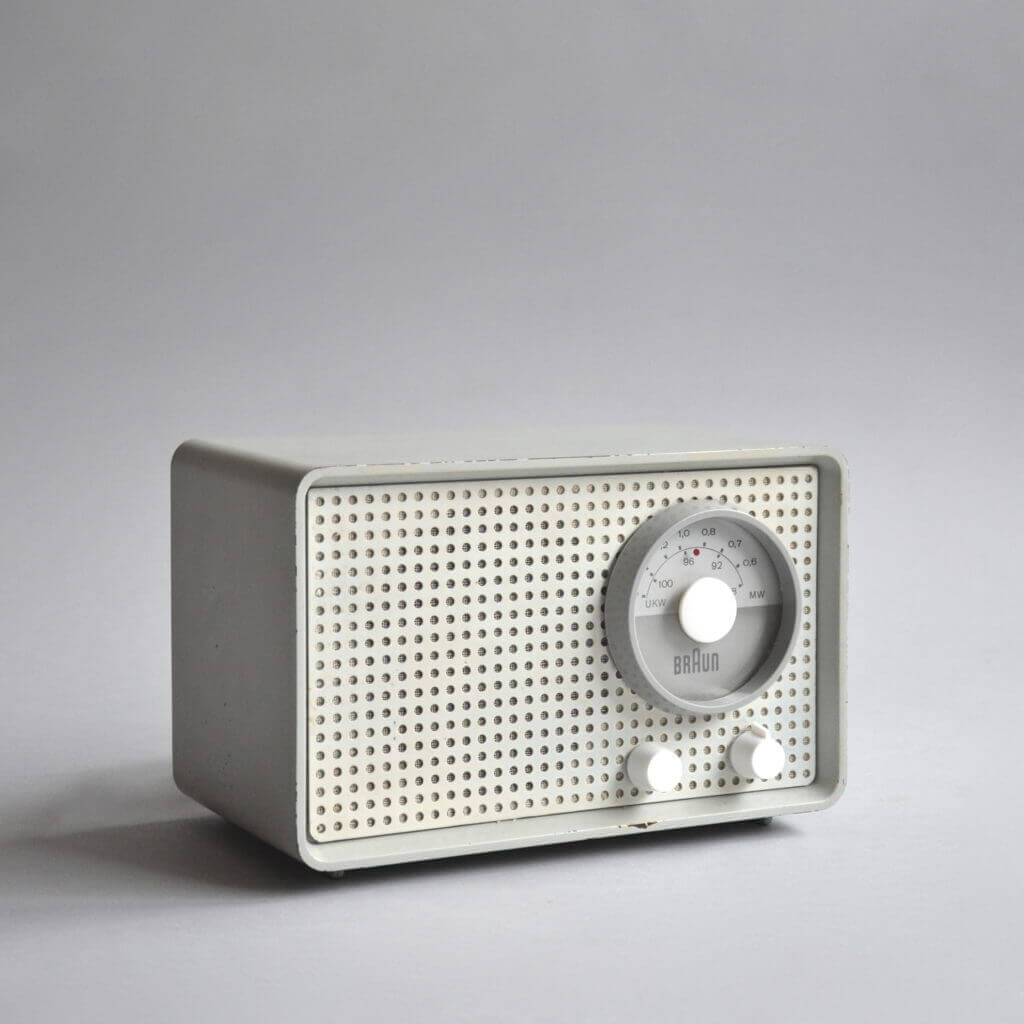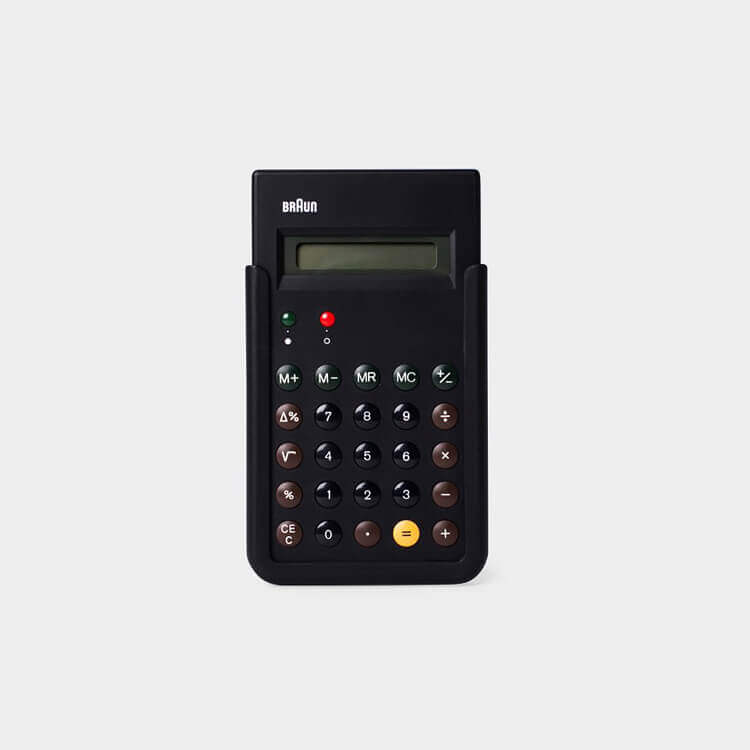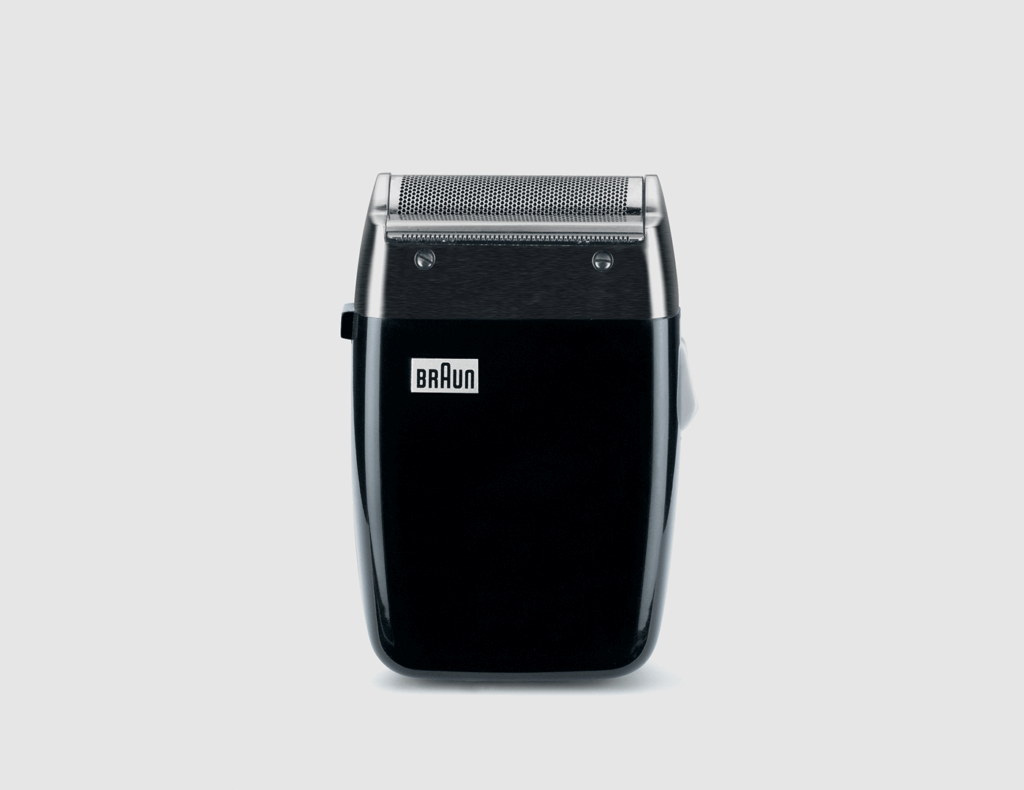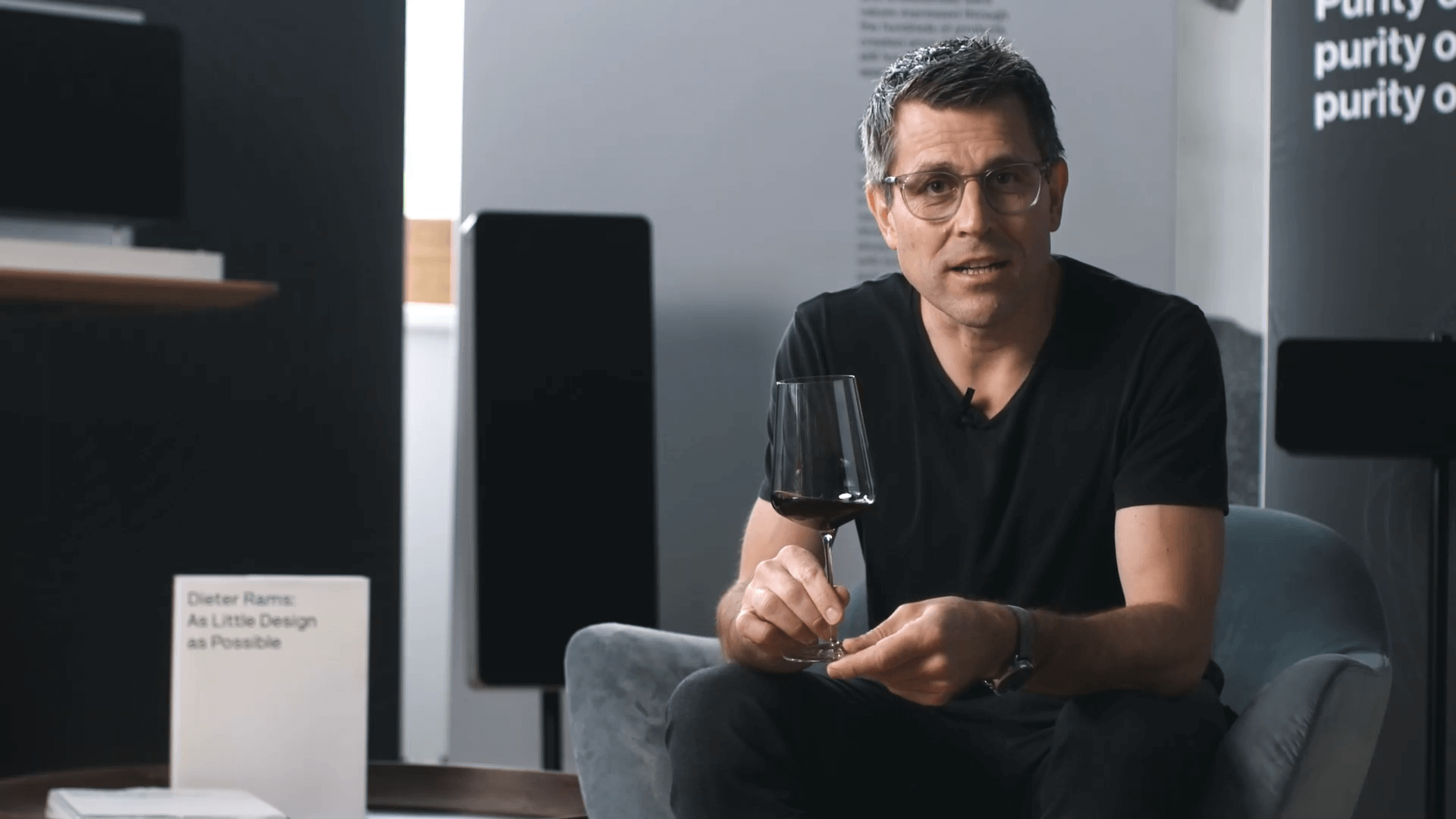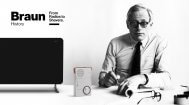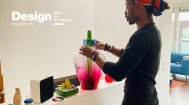100 years of Braun.
Celebrating a centenary.
In February 1921, Max Braun set up a repair shop in Frankfurt, Germany. What followed is a timeline that saw these humble early beginnings become an esteemed global brand name. Design experts and key brand figures came together recently to discuss 100 years of Braun.
A past of milestones.
Oliver Grabes, Head of Braun Design, credits the secret to good design to two things ingrained in the brand’s DNA:
- Having strong principles that come to life in simple, useful and long-lasting products.
- Being devoted to those values completely to create trust.
The first modern product showcasing these ideas was a Braun audio device: The SK2 valve radio from 1955, which contrary to comparable products that looked like old furniture pieces, wasn’t dark-wooden and curved and neither featured a plethora of decorations and golden elements nor thickly woven fabric to cover the speakers.
This radio was different. Modern and focused on what it was designed to do; there was nothing on the unit that wasn’t needed.
The same is true for the ET66, a calculator designed by Dieter Rams to be easy to use and straight-forward. Everything has a purpose. As per their standard colour coding, the green and red buttons indicate on and off, respectively, while a yellow design element was added as an equals button to make the calculator more approachable.
An item as beautiful as it was practical, the Sixtant SM31 razor from 1962 in many ways represented what Germans refer to as ‘Haltung’ (approach). Ben Wilson, industrial designer and design director at Braun, says it stood for a way of doing things with its simple unibody frame and its revolutionary black finish at a time when everything else in the category was white. The shaver became the face of technology for men.
Braun is about bringing together the attributes of long-lasting, sustainable and purposeful. These characteristics have always proven successful, and it’s the brand’s job now to translate them into the modern world and beyond. Products need to be considered in the context of their time. Looks and styles change.
Supply needs to adapt to the new demands. And grooming is a good example here. The trend went from clean-shaven to a fondness for beard and stubble. Design usually has connotations related to art and aesthetic, but Braun also gives it a functional definition.
Good design for a better future.
Virgil Abloh, a Chicago entrepreneur and designer, currently serving as artistic director for Louis Vuitton men’s wear and CEO of his Milan-based luxury fashion label Off-White, calls Braun a master of functionality, quality and simplicity and of creating a unified experience with design at the centre of the stage. With the so-called ‘Wandanlage’ (wall unit), Braun introduced a groundbreaking new way of listening to music. It was the height of design, audio that lives on a wall as art as Virgil puts it.
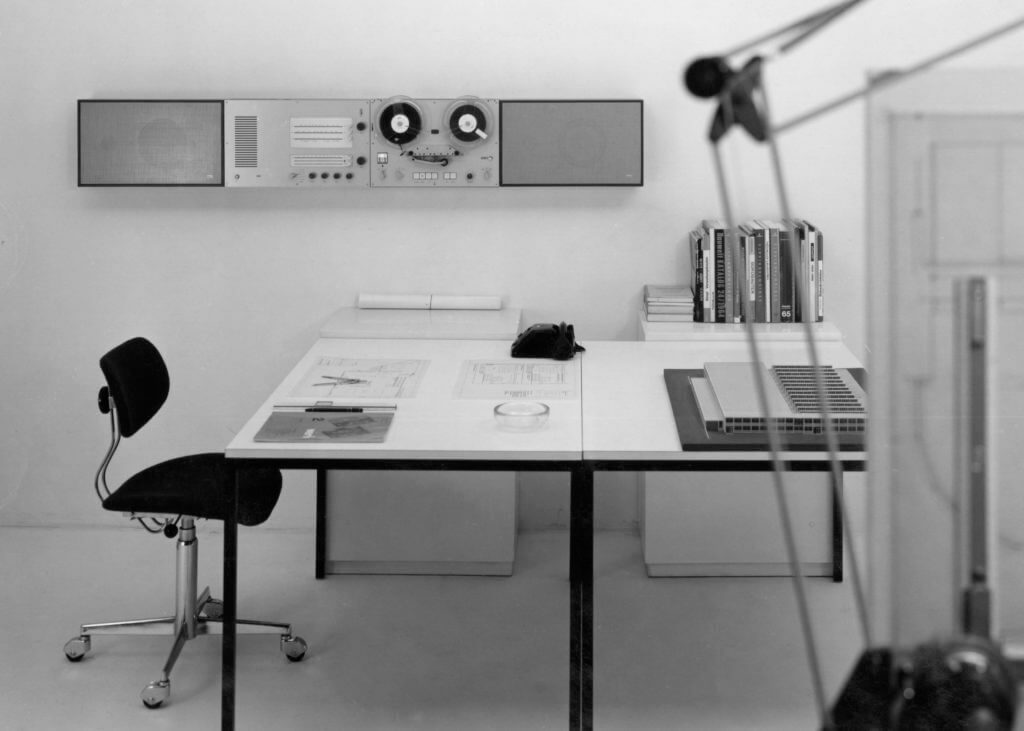
Reimagining this piece into a piece of functional art requires a familiarity with the ethos of product and brand as well as a sense for the textural aspects of colour, material and finish. Virgil took on the task of transcribing new cultures with timeless design, bringing the hifi wall unit into a new era with a chrome effect that acts almost as a mirror reflecting the object’s own history.
The message is to build classic and functional art so that different generations can experience the same sentiments. Read more about the project Virgil Abloh and Braun Audio.
Future developments.
The majority of Generation Z believes that design should help lead a better life, save time and space, have sustainable qualities and be accessible and easy to use. Decluttering is becoming more and more popular, and inclusivity is treasured by the masses.
Creative consultant and editor of Wallpaper magazine Henrietta Thompson considers Gen Z an important audience as it includes some of today’s most influential and engaged people, saying they should be listened to rather than underestimated. With the notion of ‘less but better’ on the rise, the impact of design on the environment cannot be ignored either these days – it’s a movement much more than a trend. With this changing model of consumption, good design becomes the future.
Activist, photograph and filmmaker Alice Edith points out the value of accessibility because young people are engaged and asking questions. They’re a global community that pride themselves on being citizens of the world and think products should be accessible within reach to everyone regardless of gender, age and culture. In the future, design will have to be in line with conscious consumerism.
Tawanda Chiweshe, design and studio director at Virgil Abloh’s London-based Alaska Alaska design studio, credits Gen Z with the increasing need for functional art, stating they expect simplicity and want to see results. It’s about engaging, world-building and story-telling, things the Braun wall unit exemplifies. The future of design rests on the merits of responsibility, accountability, empowerment and diligence.
Ben Wilson adds transparency to that list of design values. By constantly listening to occurring dialogue and adapting accordingly, trust is built, which is a decisive factor for many customers. What Braun is taking away from the analysis of Gen Z, according to Ben, is a reassurance for creating a vision for the future as repairability and longevity have been at the brand’s core for a century now and will remain there for the next hundred years to come.


